Balaclavas, also known as ski masks, were once the preserve of bank robbers and members of the IRA, but this week they were worn by thugs who clashed with police. During riots across England, protestors concealed their faces as they threw projectiles and smashed up shops. Balaclavas were also worn during anti-immigration protests against a proposed asylum site in Coolock, Dublin, last month. The sight of criminals wearing face coverings is a terrifying one — and Ireland has responded with a proposal to ban balaclavas at protests. It’s a shame it took so long.
Balaclavas were worn during anti-immigration protests in Dublin
Ireland’s embattled justice minister, Helen McEntee, is weighing up draft legislation which “intends to introduce a ban on face coverings, including balaclavas, at protests in circumstances where the wearing of a mask is intended to intimidate.” On the face of it, that seems like an eminently sensible plan. Whether it has been the truly shocking scenes of the chaos across England and Belfast, or the violent disorder outside the planned asylum shelter in the Dublin suburb of Coolock, the worst behaved people are usually the ones covering their faces.
The reasons for that are obvious, both practically and psychologically. Not only does wearing a balaclava grant the wearer the anonymity they need to commit their nefarious acts; face coverings also erect a sort of barrier between the wearer and the rest of the world, thus granting them a type of Dutch courage to do something they would never normally consider doing.
But, as we have come to expect from a government which often seems to limp from one self-inflicted wound to the next, the mooted ban raises more questions than answers.
For starters, there is the problem with the practical application of any such crackdown. The Gardai are severely under resourced and extremely demoralized. Yes, the Public Order Unit has seen a recent increase in manpower. But when individual units are deployed to a disturbance, the numbers on the ground will be much smaller; if several hundred thugs are all wearing balaclavas at the same time, it’s going to be rather difficult, if not impossible, to enforce the ban.
And what constitutes “circumstances where the wearing of a mask is intended to intimidate?” Surely, wearing a mask or balaclava at any time, under any circumstance, is intended to intimidate? After all, balaclavas would be useless if they didn’t. Such a clause, if it makes it into the legislation, surely means that any half decent lawyer might be able to argue that yes, their client was indeed wearing a balaclava, but honestly, there was no malicious intent involved.
It also raises another question: why now? The likes of Antifa have been parading through the streets of Dublin wearing masks for years; various protesters and other rabble of all stripes have been doing the same.
Has the crackdown come about because the likes of Antifa are somehow considered to be “good” protesters, while people with concerns about immigration are considered to be “bad” ones? There may be an element of that, but the likely answer is more prosaic and less conspiratorial; it boils down to the protests taking place outside various politicians’ private homes.
In June, groups of masked men harassed family members and left politicians such as minister for children, Roderic O’Gorman, and Taoiseach Simon Harris understandably shaken. Suddenly, a ban on balaclavas became a government priority. It might have been nice if they had shown such an interest before these events, but better late than never.
There is, of course, a delicious irony also at play here when it comes to legislation about face coverings. When the government imposed its first covid lockdown in Ireland in 2020 (the longest lockdown in Europe) it was mandatory to wear a mask in many places. Similar rules applied for the next lockdown in 2021.
So can the government really, with a straight face, tell the people that it is illegal to not wear a mask in 2021, and then, in 2024 tell them that it is now illegal to wear one?
As it happens, I’ve spoken at numerous rallies in Ireland in defence of free speech and in opposition to the ridiculous proposed Hate Speech Bill (which now sits sulking balefully in the parliamentary long grass, looking increasingly unlikely to be passed). Those events are always met with fierce opposition from the balaclava-wearing incels of Antifa.
Frankly, they’re not intimidating in the least. They’re just cosplaying as heroic anti-fascist street-fighters. But in a free and liberal society, we should all have a right to be able to look someone in the face without them hiding their visage.
Wearing a balaclava immediately tells the world that you’re not a good guy and that you have something to hide. So, Ireland’s balaclava ban is good in theory. But the implementation will be nigh on impossible and, like so many other initiatives trialed by the Irish government, it simply gives the impression that it hasn’t been fully thought through.
This article was originally published on The Spectator’s UK website.



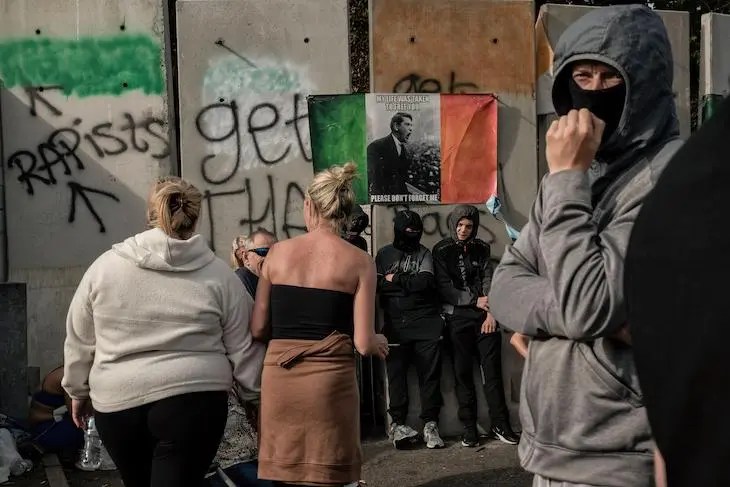






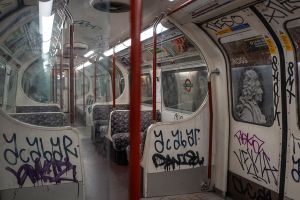
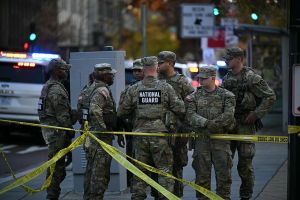

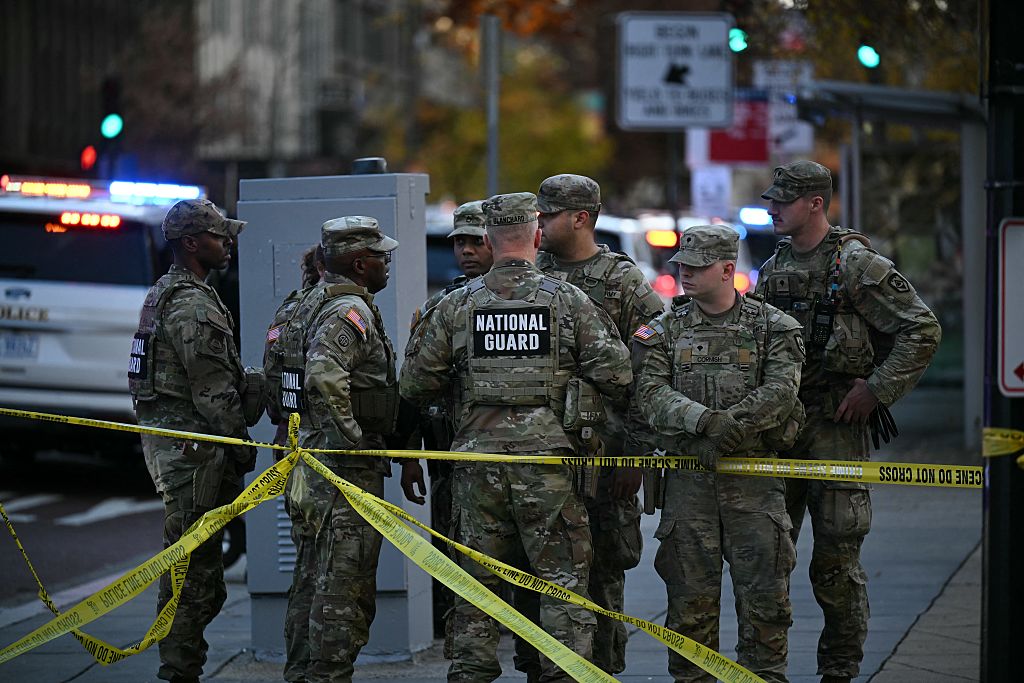

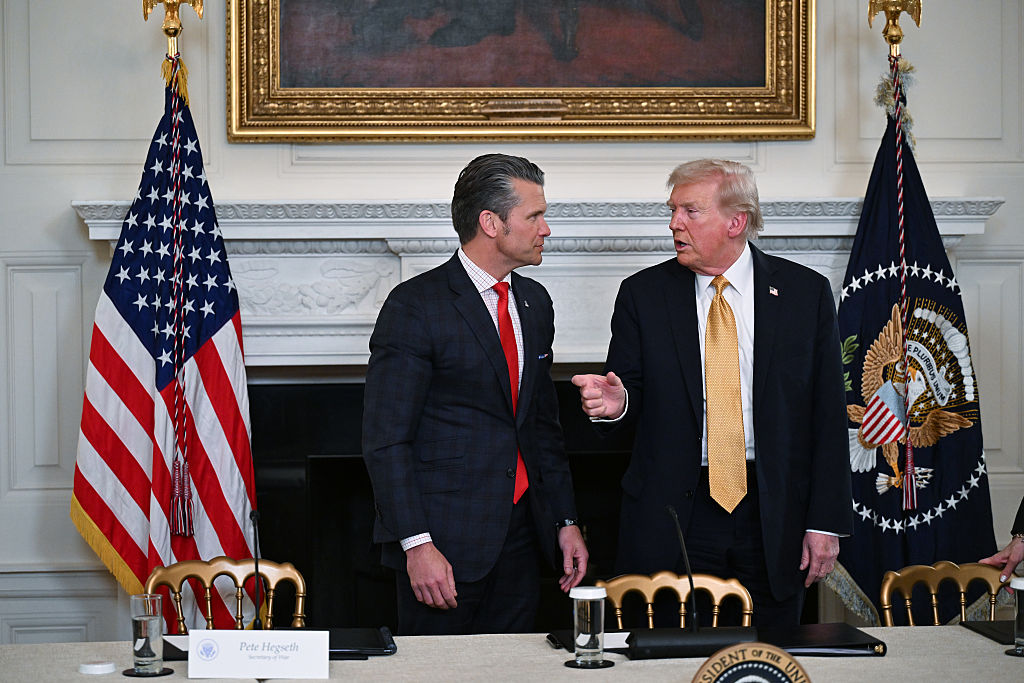
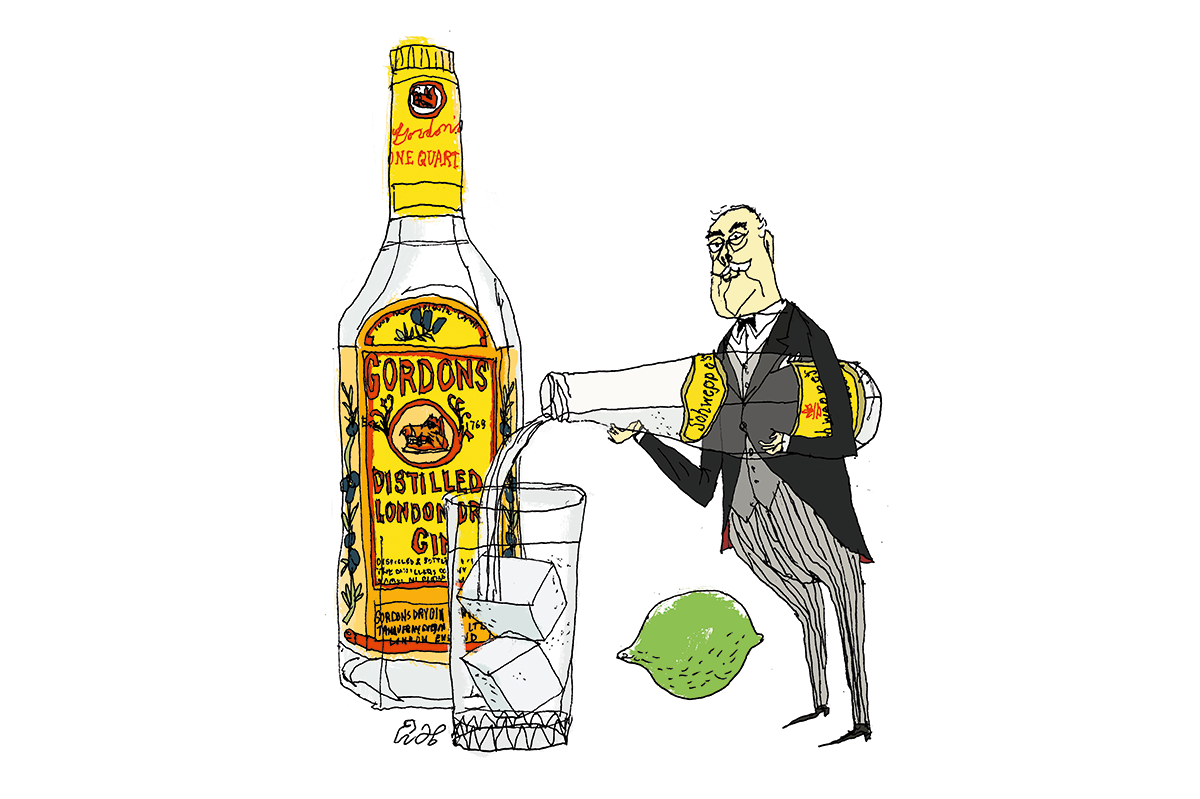
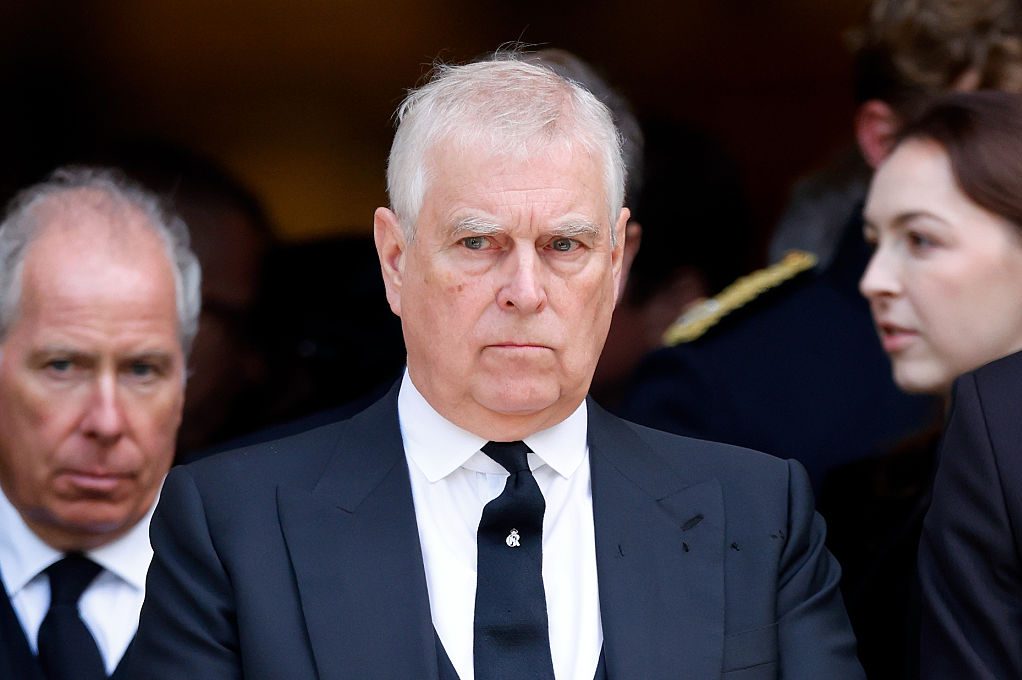
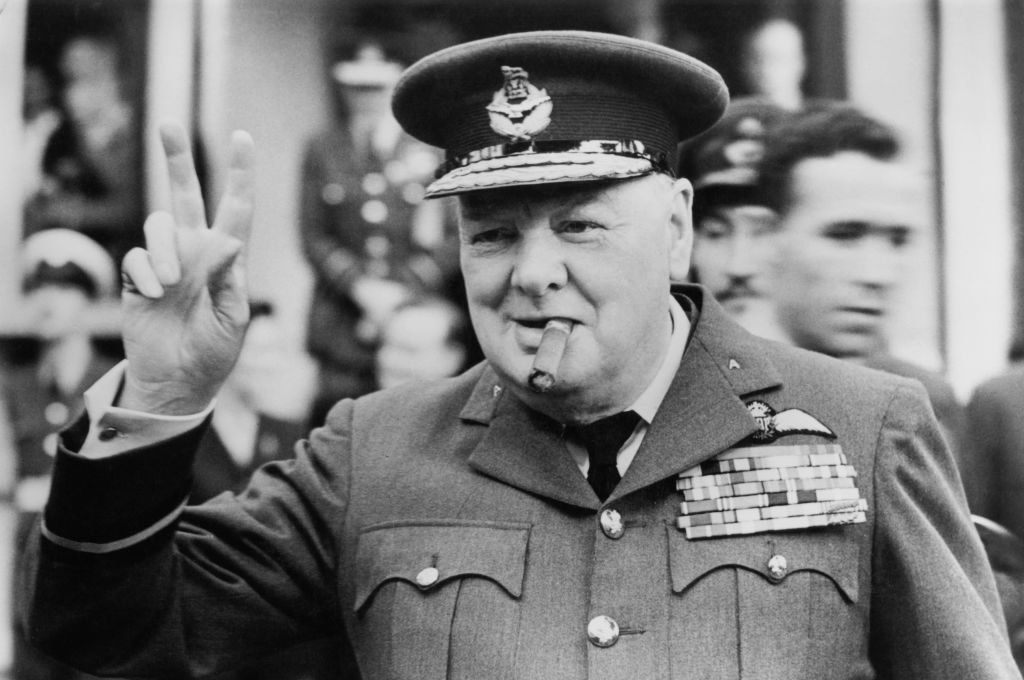







Leave a Reply